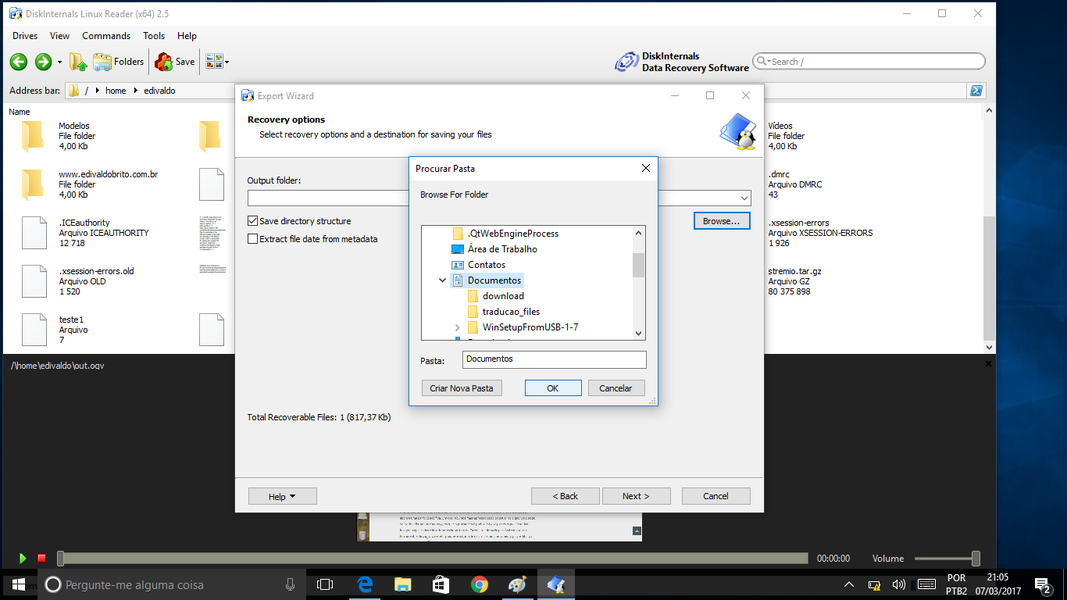

You may then disconnect your SD card from the Registry Editor and close it. If you do not find the Storage Device Policies key, you should create one. Other methods can also be used to restore the write-protected storage device to its original state. If you’re not sure whether a SD card or a USB drive is locked, you should check it out first. Manually removing write protection from SD cards, USB devices, and pen drives is an option. It is recommended that you use the EaseUS Windows CleanGenius tool to remove write protection from your system. All basic functions, such as installing new data, deleting data, or moving data from one drive to another, will be unavailable at that time. If you enable write protection on your SD card, pen drive, or USB drive, you will be unable to access the drive, which will result in new data being lost. Write protected SD card format software is a great solution for users looking to maximize the performance and longevity of their SD card. It also provides users with the ability to recover data that may have become corrupted due to the write protection. This type of software allows users to securely format their write protected SD cards without the risk of damaging the data stored on the SD card. With Linux Reader Pro ($29.95+), you can read files from even more file systems, get remote access through an SSH connection, create a virtual drive, export files via FTP, and more.Write protected SD card format software is designed to help users safely format their write protected SD cards so that they can be used in devices such as cameras, phones, and computers. While saving, it ignores file security policies so that it is possible to access any file on a Linux disk from Windows. Linux Reader also permits you to copy files from a drive or image right to your system. The program can create and open disk images. img) as well as a number virtual disk formats (.vmdk. You can also quickly mount and read raw disk images (.dsk. Since it is Explorer-like, it will be more user-friendly. The interface makes it easy to browse drives or images, and it includes different file previews enabling the efficient location of data. It will provide you with read-only drives utilizing Ext2/3/4, exFAT, HFS, HFS+, FAT, NTFS, ReiserFS, Reiser4, ReFS, and UFS2, all from an Explorer-like interface. Linux Reader provides a quick way to access alternative file systems bridging your Windows and Ext2/Ext3/Ext4, HFS, and ReiserFS file systems.


 0 kommentar(er)
0 kommentar(er)
